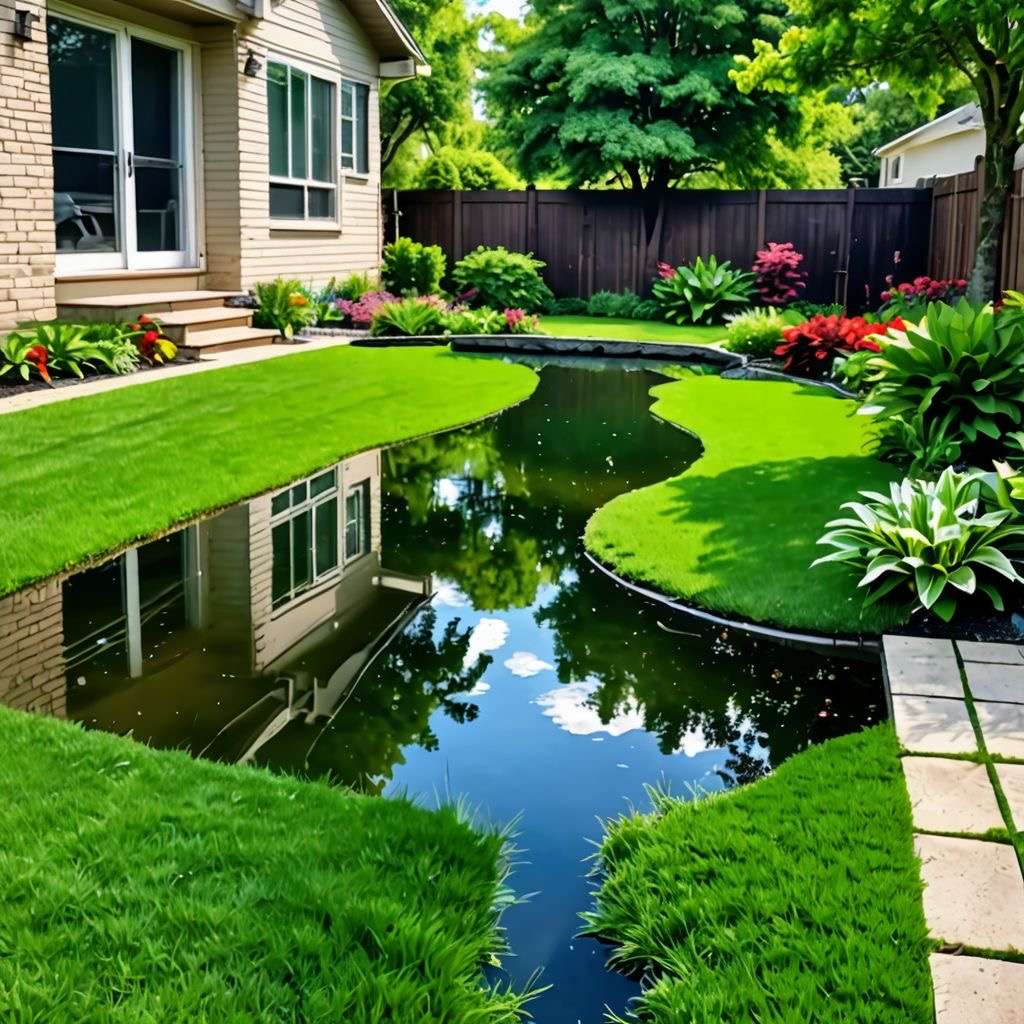
Table of Contents:
1. Introduction
- Understanding the Importance of Proper Grading
- Why Drainage Matters
2. Grading Basics: What You Need to Know
2.1 The Importance of Proper Grading
2.2 How Grading Affects Your Winnipeg Home
2.3 Best Practices for Grading Around Your Foundation
3. Determining the Right Slope
3.1 What Is a Proper Slope?
3.2 General Guidelines for Home Foundations
3.3 Measuring Slope with a Level
4. Landscaping Features to Avoid at Foundations
4.1 Common Mistakes in Landscape Design
4.2 Features That Can Trap Water
4.3 Plants and Landscaping Materials to Steer Clear Of
5. Controlling Downspout and Sump Pump Drainage
5.1 The Role of Downspouts in Drainage
5.2 Best Practices for Downspout Placement
5.3 Designing a Sump Pump Drainage System
6. Techniques for Effective Drainage Systems
6.1 French Drains and Swales
6.2 Catch Basins and Drainage Pipes
6.3 Grading and Topography Adjustments
7. Working with Landscaping Professionals
7.1 When to Call in the Experts
7.2 How to Choose Landscaping Companies Winnipeg Homeowners Can Rely On
7.3 Evaluating Hardscaping Services in Winnipeg
8. Maintaining Your Grading and Drainage System
8.1 Seasonal Maintenance Tips
8.2 Evaluating Drainage Performance
8.3 When to Make Adjustments
9. Conclusion
1. Introduction:
Ah, the joys of homeownership! With it comes many responsibilities, and one that may not be on the forefront of newcomers’ minds is proper landscaping and grading around your Winnipeg home. If you think it’s all about selecting the right plants and stylish features like a deck, you’re partially correct—but we also need to discuss how you’re pushing (or, let’s be honest, directing) water away from your prized possessions. Nobody wants a soggy basement or moisture seeping into the foundation, am I right?
Grading may not be the sexiest topic, but it’s a fundamental element of landscape design for Winnipeg homeowners that affects the longevity and safety of one’s home.
Whether you’re creating an inviting patio for your backyard masterpiece or designing a captivating flower bed, understanding how to slope your yard to facilitate effective drainage is critical.
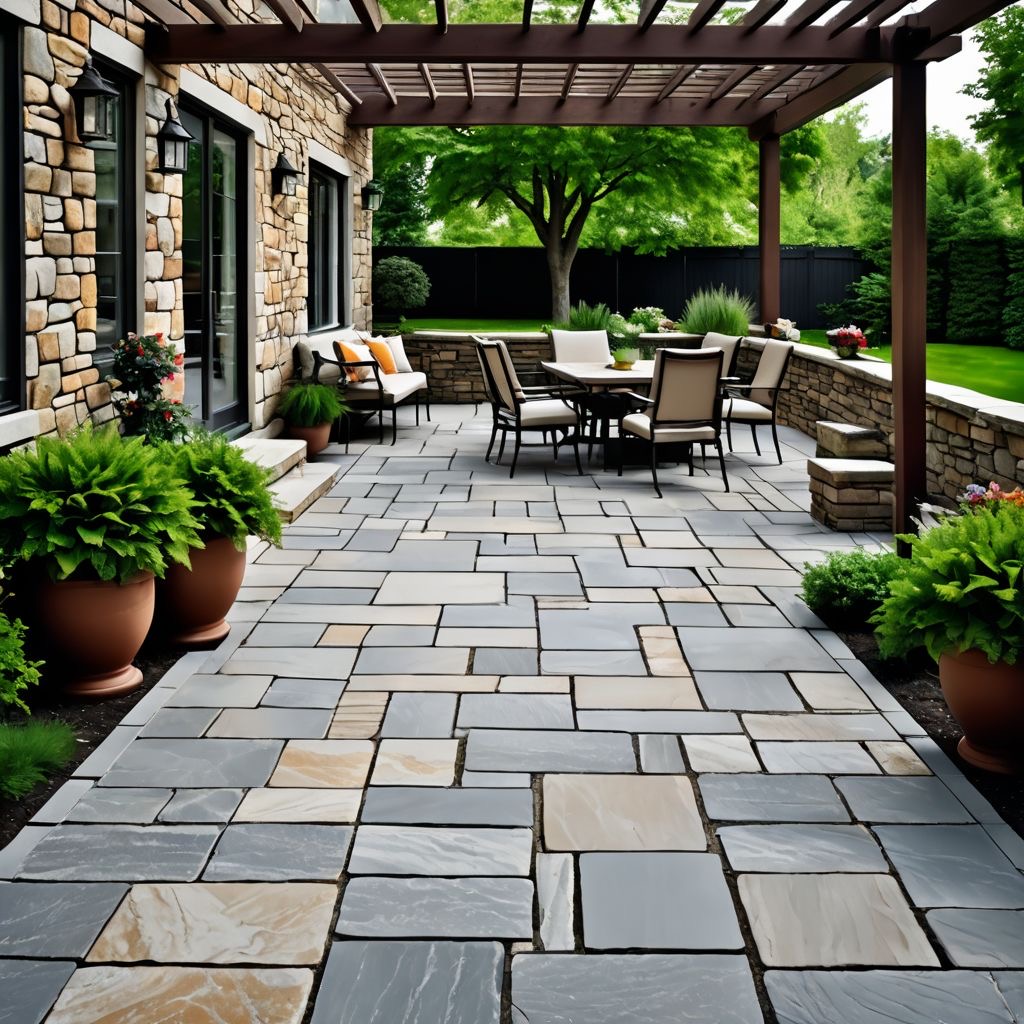
You might be asking questions like, “How far should my landscaping slope away from my foundation?” or “What’s the best way to control the drainage from my downspouts?” Don’t worry; this article will be like your well-prepared landscaping contractor—guiding you through the essential grading rules and drainage strategies that will keep your home dry and your landscape looking incredible.
From determining the correct slope to controlling the drainage from your downspouts and sump pumps, this guide covers everything you need to know to create an effective drainage system around your home. Whether you’re a DIY enthusiast ready to tackle backyard landscape design or someone who prefers to call the pros, we’ll provide you with the foundational knowledge needed to ensure your landscape thrives. So, grab your measuring tape and let’s get started!
2. Grading Basics: What You Need to Know
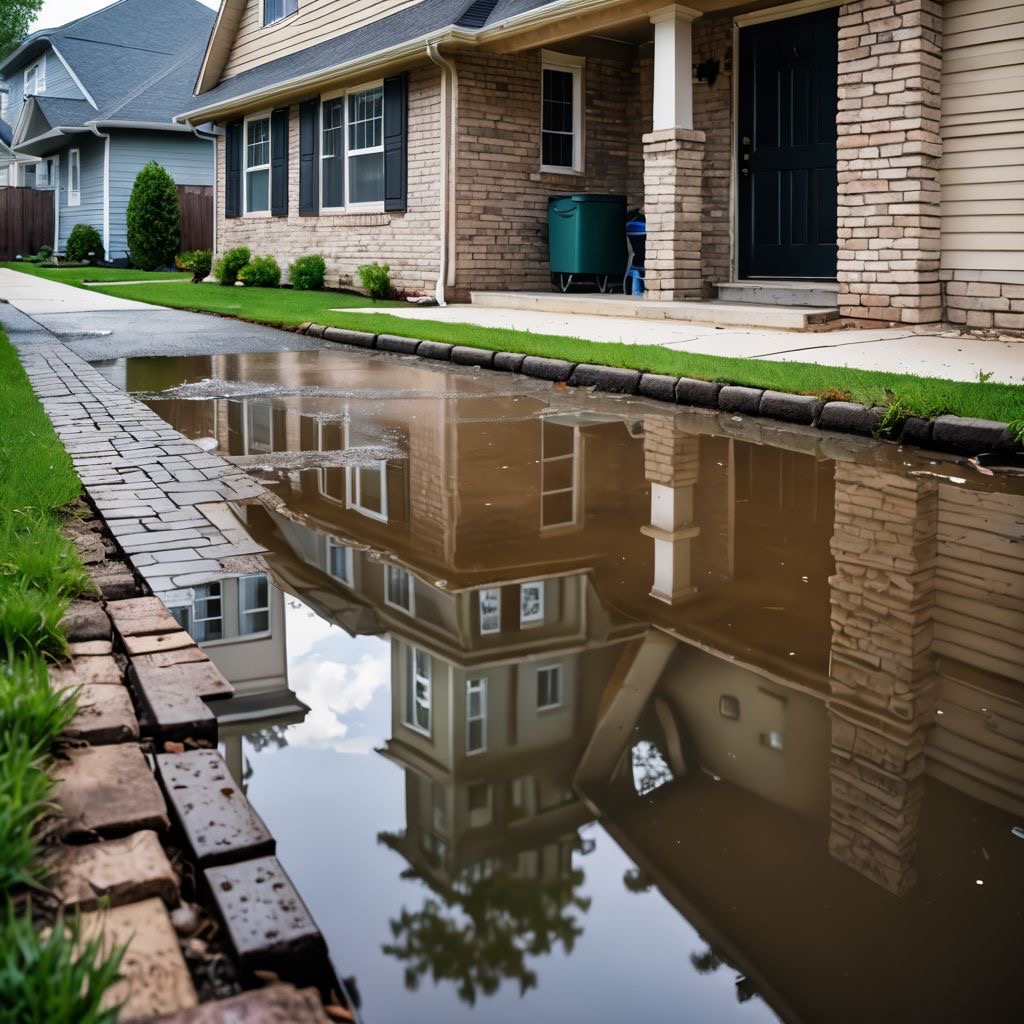
2.1 The Importance of Proper Grading
Let’s kick things off with some basics. Grading refers to the process of shaping the ground around your property to ensure water flows away from your home. It can mean the difference between a robust, well-drained landscape and a swampy mess that invites all sorts of troubles—from foundation issues to mold growth. Proper grading allows you to harness the natural flow of water effectively, protecting your home while creating a vibrant outdoor oasis.
To read more about about grading and water damage prevention through landscape design CLICK HERE
2.2 How Grading Affects Your Home
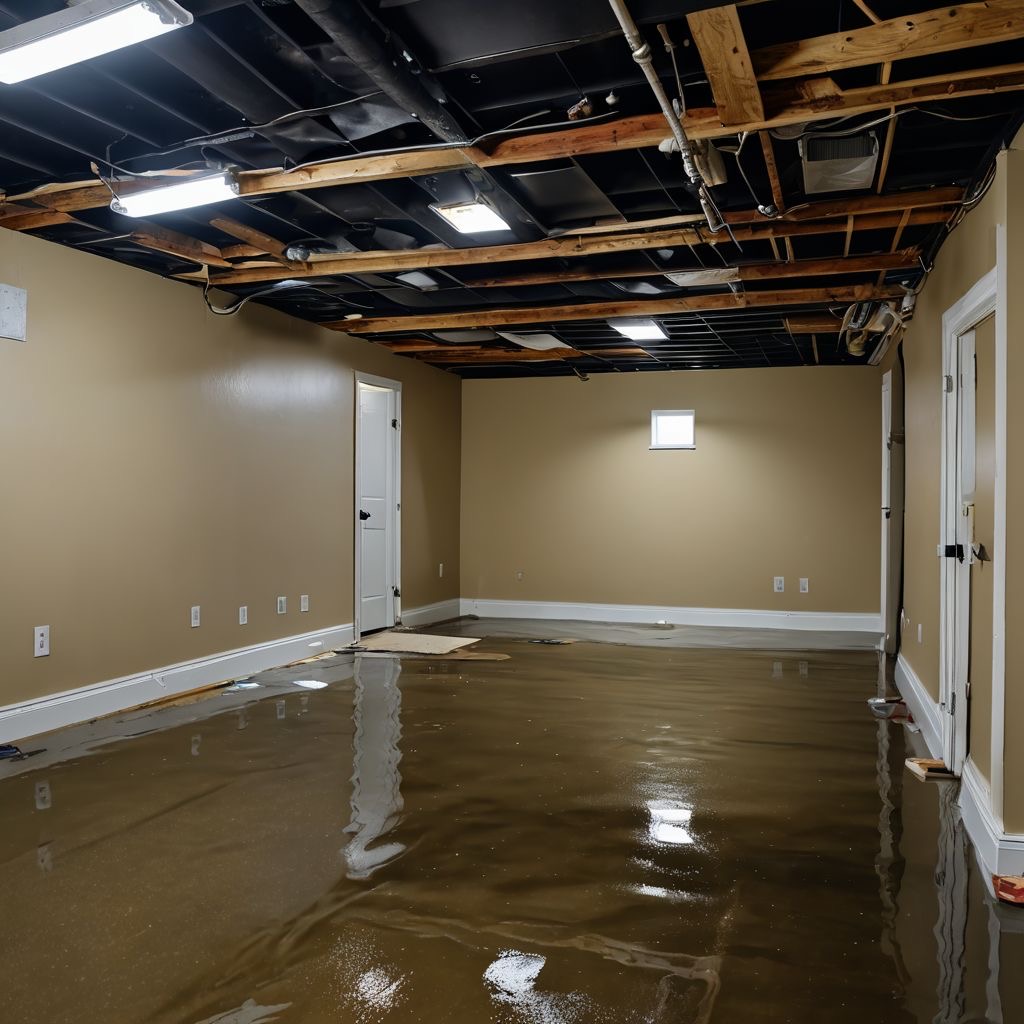
Poorly graded land can lead to all kinds of unwanted siding, basement, and structural issues. If the slope of your yard directs water toward your home’s foundation, you may experience soaked basements and erosion over time. In areas with heavy rain or snow, the problem amplifies, particularly in a place with a climate as mercurial as Winnipeg.
Imagine taking pride in your home garden design only to watch it wash away after a torrential downpour. Or worse—imagine stepping into your house and having to wade through water just to make it to the kitchen. By understanding and implementing proper grading principles, you can maintain a fabulous landscape while keeping your home safe.
2.3 Best Practices for Grading Around Your Foundation
So, what constitutes 'proper grading'? Although, proper grading can vary depending on the specifics of a particular yard, The accepted guideline (not a "hard and fast rule") is a slope of at least 2% to 5% away from your foundation. This means that for every 12 feet of horizontal distance, your landscape should drop at least 2 to 6 inches in elevation. You’re not building a highway—just a smooth, gradual incline!
Keep in mind that grading should extend for several feet feet around your home. This is where Winnipeg yard maintenance comes into play; regular inspections and adjustments will ensure that your earth remains in prime shape to guide any water away from where it doesn’t belong.
3. Determining the Right Slope:

3.1 What Is a Proper Slope?
When it comes to grading, every homeowner may not be a trained topographer, but we can all measure slope with a spirit of adventure and a good level! The ideal slope should allow water to exit your yard and head to the nearest drainage point without pooling or becoming stagnant.
3.2 General Guidelines for Home Foundations
Another rule of thumb for many home foundations is to ensure that the ground slopes downward at least 2% or 1/4 inch per foot. This is especially important during landscaping services like building patios and raised flower beds, as improper measurements can create the perfect trap for water instead of an aesthetic feature.
3.3 Measuring Slope with a Level
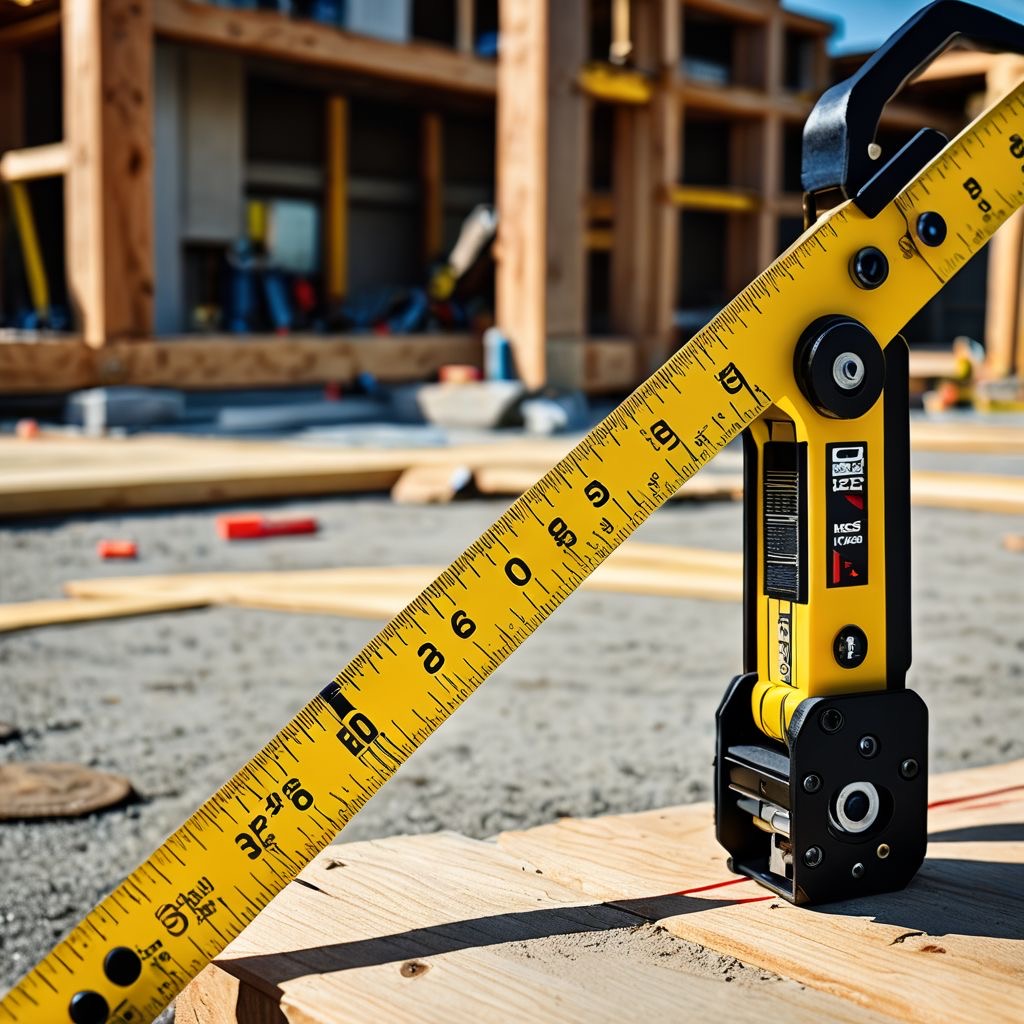
Finding the right slope requires a measuring tool and a little math. To measure the slope:
1. Gather your tools: A long level (often a 4-foot will do fine) and a measuring tape will be your best friends for this exercise.
2. Select your point of reference: Start at your foundation and extend out to the edge of your property.
3. Set your level: Place the level on a stable point where water collects—make sure it’s horizontal.
4. Measure the drop: Note how much you need to raise the level at the foundation end to keep it flat, then calculate that distance over the length of your slope.
If you’re feeling particularly fancy, there are also digital slope finders that can make this process easier—after all, we live in the 21st century, right?
4. Landscaping Features to Avoid at Foundations:
4.1 Common Mistakes in Landscape Design
When it comes to effectively grading, there are common pitfalls that even seasoned gardeners can fall into. For instance, failing to account for elevation differences between the house and garden and allowing unprotected flower beds to absorb excess water can quickly backfire.
Some features that can cause trouble include:
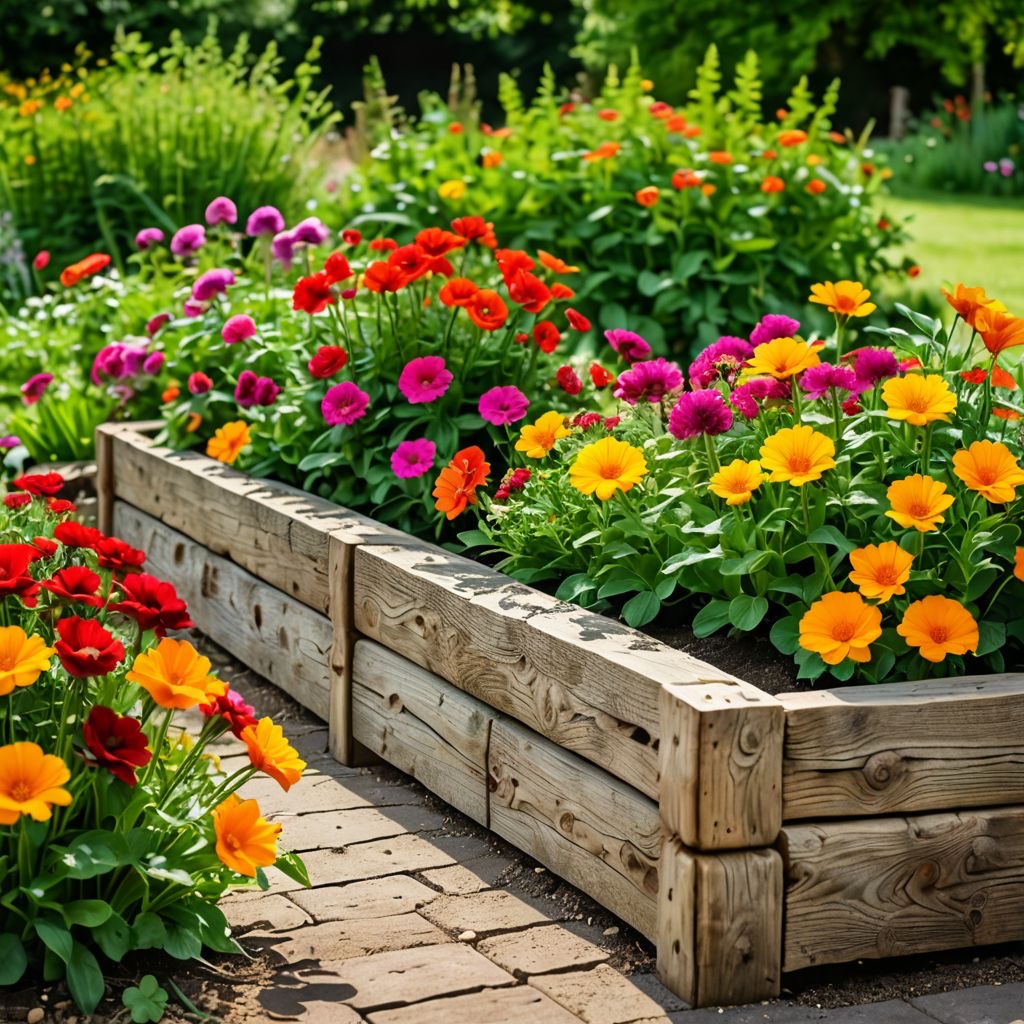
- Raised garden beds: Unless properly sloped, these can collect water quickly against your foundation, leading to unwanted moisture and potential structural issues.
- Extensive paved areas: These areas can direct water straight toward your home if not thoughtfully integrated into your overall drainage strategy.
- Imported soils or mulch: If they are too high against your foundation, they could trap water around the house—a big no-no.
Ready to chat about your landscaping goals?

Reach out by call or text to: 204-229-9789 or click here to submit your information today to arrange a “no obligation” introductory phone call. We look forward to helping you transform your yard.
Tips on how to prepare for a consultation meeting with a landscape contractor
4.2 Features That Can Trap Water
Take a moment to think thoroughly about any decorative features in your landscape, like those gorgeous boulders or that meticulously-designed pergola. If not set up properly, they can act as perfect water traps. Look at the property from all angles and see where the water flows after a significant rainfall—this will give you insight into areas needing attention.
4.3 Plants and Landscaping Materials to Steer Clear Of
Don’t get too focused on aesthetics and forget the functionality of your landscape! It can be tempting to place that beautiful willow tree right next to your home for a bohemian charm, but its sweeping roots will do more harm than good narratively and literally when it effortlessly disrupts your grading practices.
Instead, consider shrubs or perennial plants with a less intrusive root structure, ensuring they don't disrupt your grading or drainage efforts. Keeping a balance between beauty and responsibility is key for effective landscaping.
5. Controlling Downspout and Sump Pump Drainage:
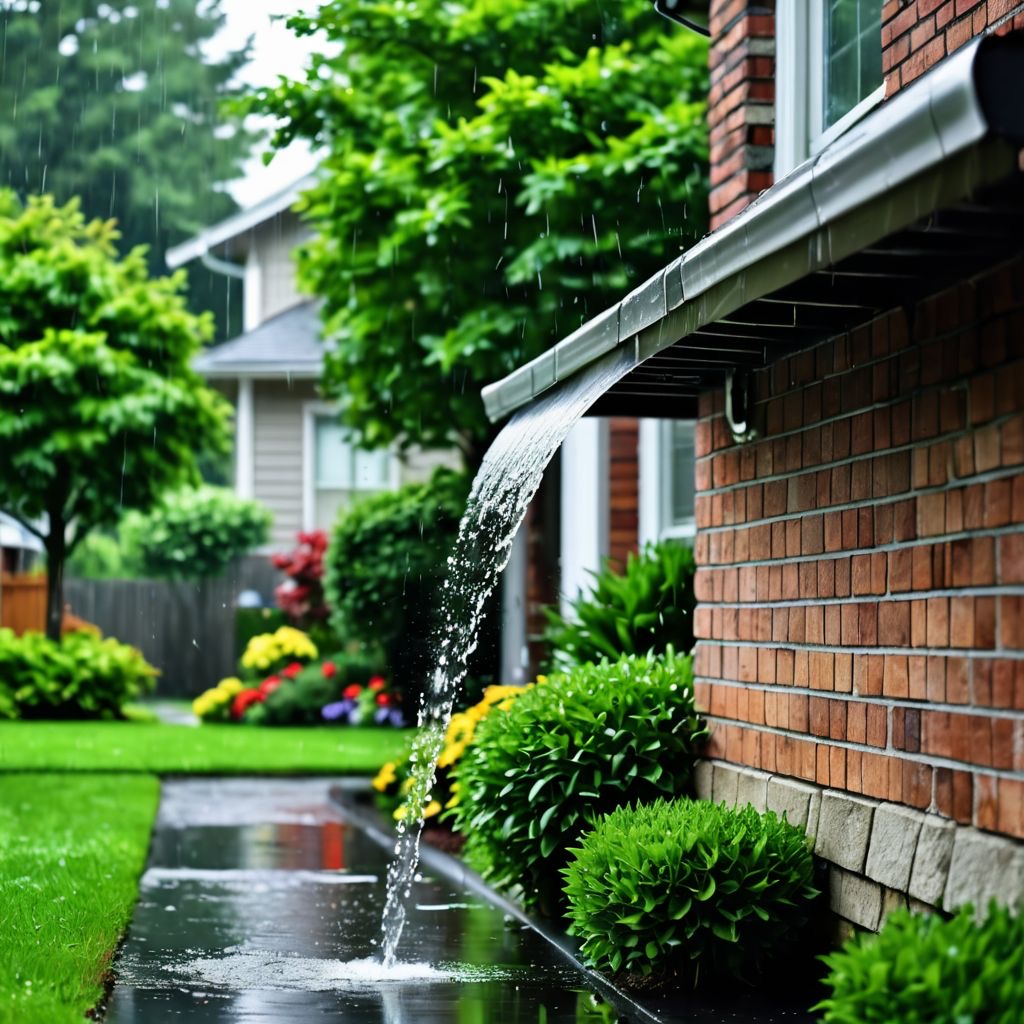
5.1 The Role of Downspouts in Drainage
Your downspouts are vital players in the grand drainage scheme of your property. They channel water from the roof, down through your gutters, and into the landing area on the ground level. Many homeowners might overlook how crucial they are to effectively directing water away from their foundations.
5.2 Best Practices for Downspout Placement
Downspouts should ideally extend at least 4 to 6 feet away from your foundation. You can use elbow fittings to redirect water where it needs to go, but remember—it should ideally land in a drywell, a drainage pipe, or a designed area in the landscaping where water can absorb evenly. Regularly cleaning out any debris from your gutters will also help maintain healthy drainage through your downspouts.
5.3 Designing a Sump Pump Drainage System
If you frequently find yourself wrestling with excess water in the basement, it’s time to consider a sump pump drainage system. This system not only combats water buildup around the foundation but also keeps your interior spaces dry and comfortable.
Here’s how to set it up:
1. Locate a suitable area: Identify the lowest point of your basement for sump pump installation, ideally where flooding tends to occur.
2. Install the sump basin: Dig out a hole deep enough for the basin to sit below the floor level. Your friendly neighborhood landscaping contractors in Winnipeg may be your best bet for this, especially when dealing drainage matters
3. Connect the pump: Ensure your sump pump has a proper discharge pipe leading to an area where water can safely flow away from the foundation.
This system, combined with effective grading, goes a long way toward preventing significant moisture issues in your basement and around your home.
6. Techniques for Effective Drainage Systems:
6.1 French Drains and Swales
If you’re faced with heavy water flow, or your property tends to accumulate water, consider implementing French drains. These workshorses in the world of landscaping promote effective drainage through gravel-filled trenches that lead any excess water away from your house.
Swales, on the other hand, are shallow ditches designed to encourage water diversion while holding the natural slope of the landscape. With a bit of creativity and strategic implementation, swales can become attractive features while controlling water flow effectively.
6.2 Catch Basins and Drainage Pipes
For more severe drainage challenges, catch basins may be necessary. These receptacles collect surface water runoff, while drainage pipes conduct the collected water away from your home’s foundation, transferring it to a safe outlet, far from the structure.
Ensure regular maintenance of these systems, as any accumulated debris could lead to failure—completely negating the installations' purpose.
6.3 Grading and Topography Adjustments
Sometimes, the ideal solution is simply adjusting the contour of your yard. This may involve bringing in soil or re-grading areas that have gradually slumped over time. A slight adjustment in topography could redirect water simply by relying on nature! However, be sure to consult with professionals if you’re planning any drastic changes to your landscape.
Read here about about City of Winnipeg permit requirements, contacting utilities and design tips.
7. Working with Landscaping Professionals:

7.1When to Call in the Experts
You might be a whiz with a trowel and rake, but grading correctly can sometimes feel like solving a Rubik’s Cube: frustrating and time-consuming. If at any point you find yourself overwhelmed by the complexities of drainage systems and grading, don’t hesitate to call in professional help.
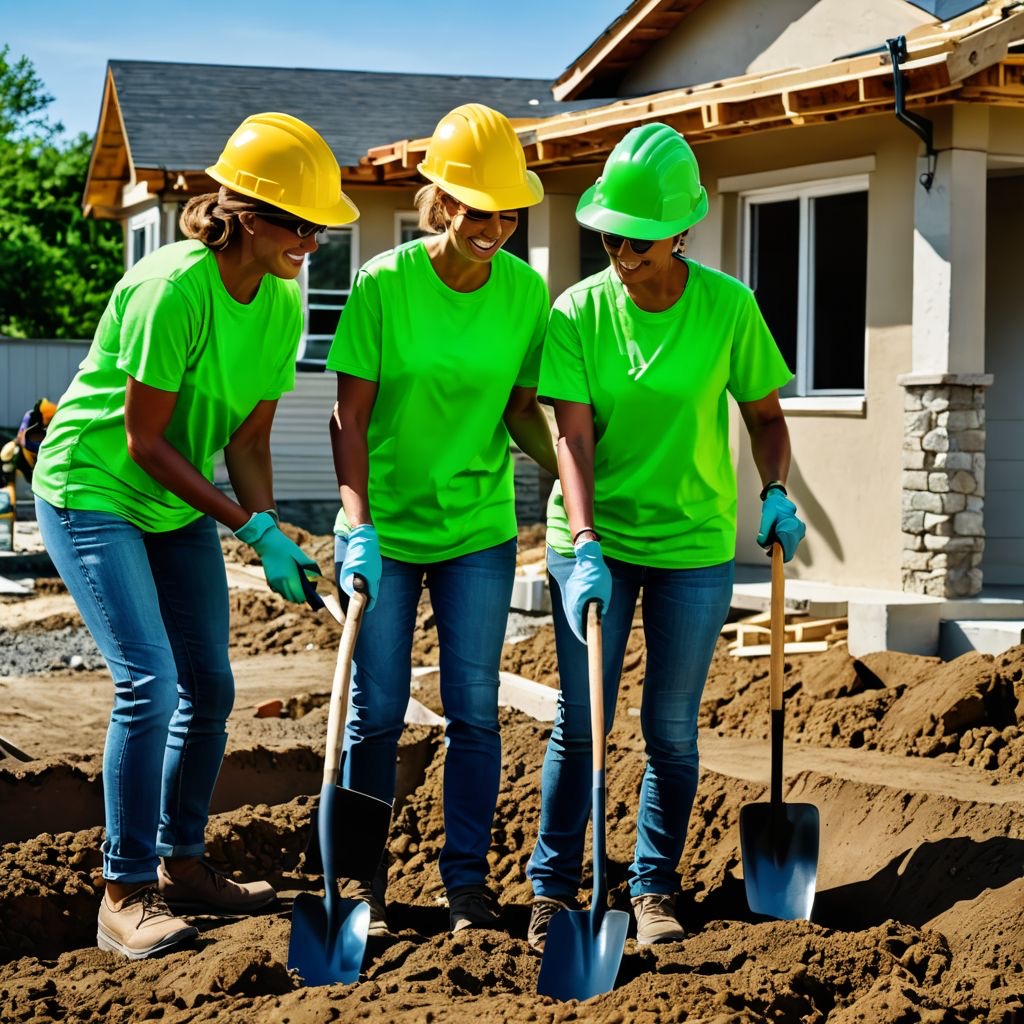
7.2 How to Choose reputable Landscaping Companies Winnipeg homeowners have come to rely on
When searching for landscaping companies Winnipeg, look for contractors with experience in grading and drainage systems. A reputable contractor will be willing to answer your questions and provide references.
- Ask about their process: How do they ensure proper drainage and grading in their landscape design?
- Check their reviews: Sites like Google and Yelp can help you determine a contractor’s credibility.
7.3 Evaluating Hardscaping Services Winnipeg
If your goals involve hardscaping—think patios, walls, and paths—examine the company’s experience with not just aesthetics, but also functional grading in these features. Hardscaping adds visual interest but must be adequately graded to facilitate effective drainage.
8. Maintaining Your Grading and Drainage System:
8.1Seasonal Maintenance Tips
Once you’ve nailed that grading and installed effective drainage systems, it’s time to turn your attention to maintenance. Regular checks in the spring and fall will help catch any issues before they become problematic.
Ensure that all drainage outlets are clear, downspouts are functioning, and check for signs of erosion or other drainage issues. Addressing problems during the off-season will save you trouble when heavy rains occur.
8.2 Evaluating Drainage Performance
After heavy rains, assess how effectively your grading and drainage systems work. Are there any areas pooling with water? What about spots that are eroding? Making notes of how well your drainage systems perform will help you maintain a top-notch landscape.
8.3 When to Make Adjustments
If you notice persistent problems, consider reevaluating the grading or drainage systems. You may need to call in professionals to assess systemic failures before they escalate into more significant issues.
9. Conclusion:
In summary, understanding grading rules and proper drainage management can significantly benefit your home and landscape. Not only do these practices keep your foundation safe, but they also enhance the overall aesthetic appeal of your property. From maintaining effective slopes around your home to utilizing downspouts, sump pumps, and drainage systems, putting in the effort will yield a thriving garden environment that stands resilient against the whims of Winnipeg’s seasons.
Remember that yard maintenance in Winnipeg extends beyond simply beautifying your space; it protects your investment and ensures that your home remains dry and structurally sound. Whether you decide to take a DIY approach or seek help from expert landscaping contractors, take pride in your knowledge of grading and drainage; it’s a game-changer for any Winnipeg property owner.
So, roll up those sleeves, get to measuring, and elevate your landscaping game to new heights.
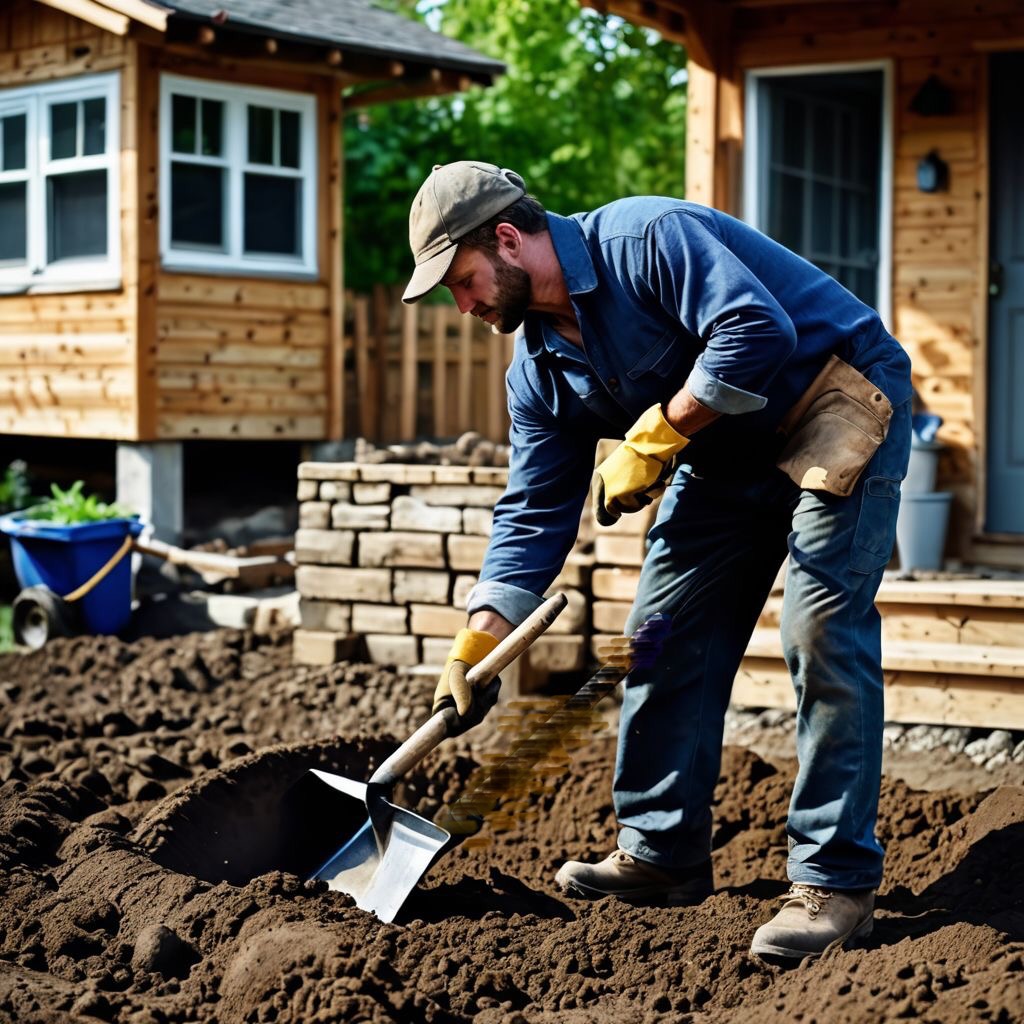
With the right tips under your belt, you can enjoy a landscape that protects your home while looking stunning year-round!
Don't miss out! Click here to subscribe today and get the latest blog posts delivered straight to your inbox.



